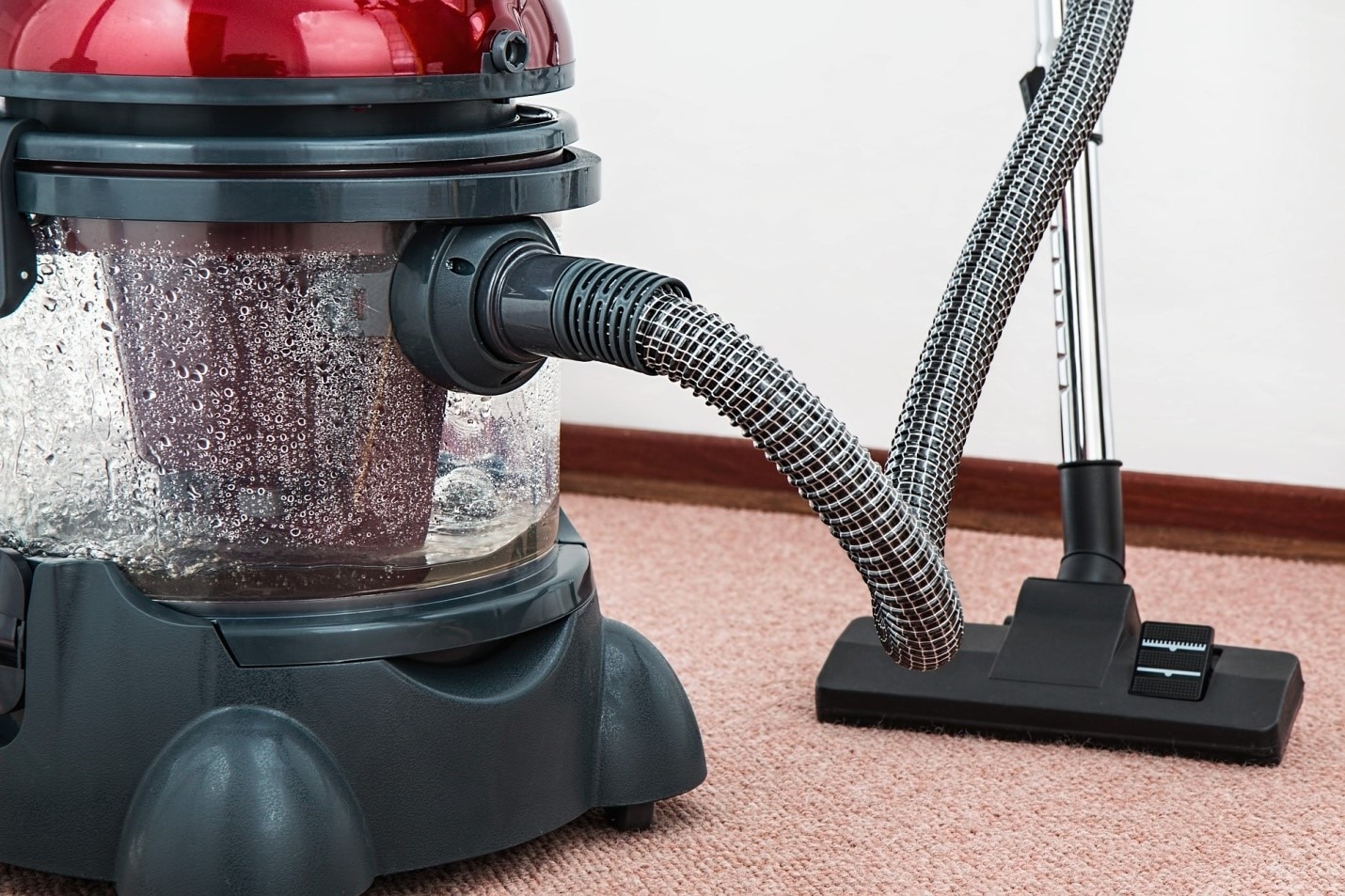Are your dog or cat itching and scratching? Have you noticed patches of skin and pink marks on the dog’s or cat’s skin? Is the dog or cat often scratching its ears? Well, it seems like your little furry friend has a flea problem.
Flea bites can cause pain, irritation, and swelling that may cause great discomfort in your pet. Some pets actually develop an allergic reaction to flea bites, which often leads to bacterial skin infections or hair loss. Even worse, fleas are disease carriers and may spread diseases like bacteria, viruses, protozoa, and host tapeworm. Check the most effective treatments here if you want to get rid of fleas on your dog for good.
Don’t let your pet live in agony at the mercy of fleas. In this article, we discuss several flea treatment options you can use to keep these parasites at bays and tips on how to prevent flea from torturing your pets.
Best Pet Fleas Treatments
1. Use a Topical Flea Treatment
Also known popularly known as spot-on flea treatment, topical treatment is a kind of flea treatment that is applied directly on the pet’s skin, where it is highly toxic to adult fleas. One of the benefits of using this kind of treatment is because it contains Insect Growth Regulators (IGRs), which work by preventing flea eggs from hatching and the larvae from becoming adult fleas.
The treatment is very effective and its effects are long-lasting compared to other treatments. You can purchase a topical flea treatment at your local supermarket or store.
2. Oral Flea Medications
Oral flea treatments are highly effective in killing adult fleas. Your veterinarian can recommend a suitable treatment for your pet. However, because this kind of treatment is only designed to kill adult fleas, it does not contain an Insect Growth Regulator to kill off eggs and larvae. Your veterinarian may, therefore, recommend using it in combination with a treatment that contains an IGR such as a topical flea treatment. Alternatively, you can keep repeating the dosage until there are no new fleas hatching.
3. Flea Collars
Flea collars are special kind of collars that contains a flea killing ingredient to keep fleas at bay. You can either buy a flea killing ingredient and apply it to your dog’s collar or make your own ingredient using lavender oil or tea tree oil mixed in water.
4. Use a Flea Shampoo
Bathing your dog or cat with a flea shampoo can kill off adult fleas and provide immediate relief from irritation as most contain soothing and healing ingredients. The only problem with some flea shampoos is that they do not leave enough residue to kill eggs and larvae. Be sure to find one that can actually completely eliminate adult fleas plus their eggs and larvae.
5. Use Natural Fleas Treatment
While chemical flea treatments are very effective in removing fleas in pets, some contain harsh ingredients that may irritate and strip off the natural oils from your pet’s coats. Natural flea treatments are an excellent option if you do not want to use chemical treatments.
Some of the most common home remedies for treating fleas in dogs and cats include:
- Apple cider vinegar
- Rosemary flea dip
- Lavender oil
- Tea tree oil
- Brewer’s yeast
- Lemon spray repellent for your pet
Other good pet flea treatments include flea combs, dips, bombs, powders, and flea sprays. Be sure to consult your veterinarian before using these treatments. Be sure to also learn more about your dog at https://pawbility.com.
Pet Flea Prevention and Control- How to Prevent Fleas
When it comes to pet fleas, prevention is definitely better than cure. To keep your furry friends flea-free, here are various ways to keep them at bay.
- Through clean and treat the dog’s kennel: Giving your dog flea treatment is not enough. You need to ensure that the dog does not get another infestation from sleeping in a kennel that is full of fleas. This means cleaning and treating the kennel as well as the beddings. Most importantly, do this the same day you give the dog a flea treatment
- Vacuum and steam all over the house and the garage to remove adult fleas, eggs, larvae, and pupae. This includes all rugging, upholstery, and bedding. Once you’re done the cleaning, be sure to dispose of the vacuum bag to prevent the fleas from hatching
- Spray the house with a flea spray after vacuuming and mainly target hard to reach areas like under the couch as fleas love to inhabit these areas
- Always use an essential-oil based pet shampoo when bathing your pets
- Treat the yard because it happens to be a major source of fleas
- Apply beneficial nematodes in the yard as they tend to feed on fleas
- Keep your home clean and tidy all the time
Wrapping It Up
Fleas can cause great discomfort and pain in your pet, which is why it’s important that you act fast and get rid of them. Eliminating fleas will also make your home a safe haven and disease-free.



